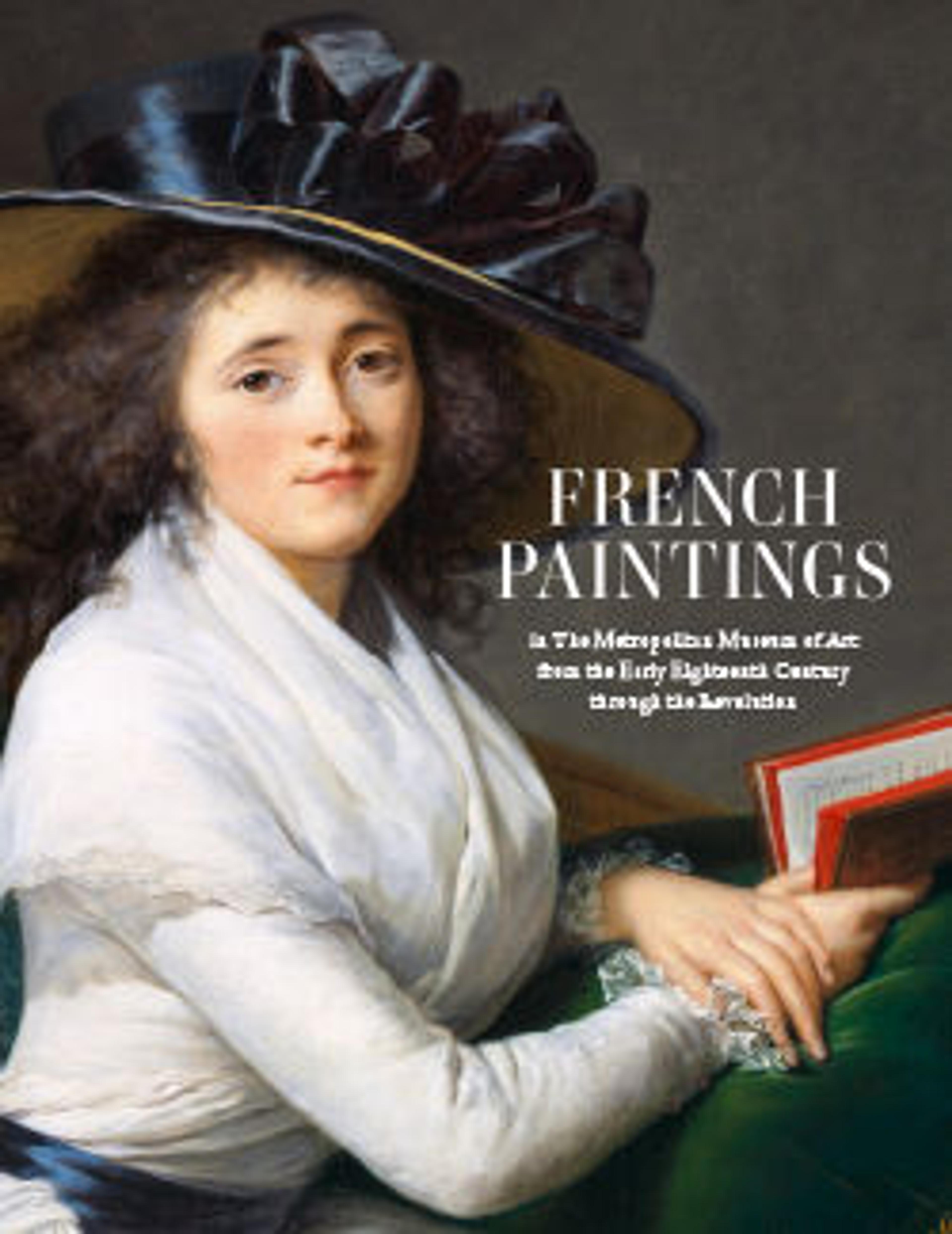The Silver Tureen
In 1728 Chardin was admitted to the French Royal Academy, immediately establishing himself as the century’s most famous still-life painter. This work comes from that early moment in his career. Chardin and his patrons appreciated seventeenth-century Dutch and Flemish art, including earthy still-lifes that departed from courtly splendor. Chardin set up a careful balance of form that contrasts the living and dead, the raw and cooked. Fur, feathers, orange rind, and reflective silver are visually convincing yet never disguise the rough texture of paint. The leading art critic of the day, Denis Diderot, praised how Chardin seemed to grind “the very substance” of the things into his pigments: “You dip your brush in air and light and spread them on your canvas.”
Artwork Details
- Title:The Silver Tureen
- Artist:Jean Siméon Chardin (French, Paris 1699–1779 Paris)
- Date:ca. 1728–30
- Medium:Oil on canvas
- Dimensions:30 x 42 1/2 in. (76.2 x 108 cm)
- Classification:Paintings
- Credit Line:Fletcher Fund, 1959
- Object Number:59.9
- Curatorial Department: European Paintings
More Artwork
Research Resources
The Met provides unparalleled resources for research and welcomes an international community of students and scholars. The Met's Open Access API is where creators and researchers can connect to the The Met collection. Open Access data and public domain images are available for unrestricted commercial and noncommercial use without permission or fee.
To request images under copyright and other restrictions, please use this Image Request form.
Feedback
We continue to research and examine historical and cultural context for objects in The Met collection. If you have comments or questions about this object record, please contact us using the form below. The Museum looks forward to receiving your comments.
